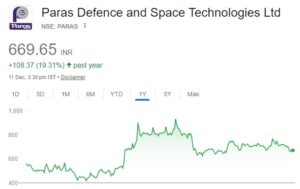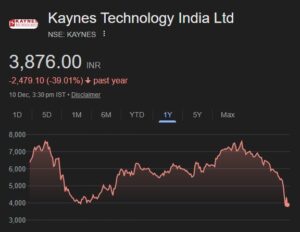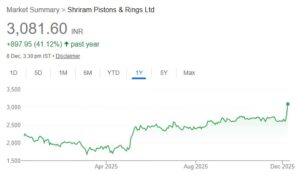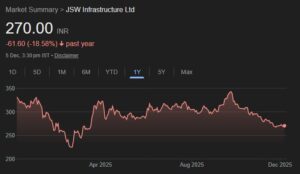
In my last piece, I have analyzed Akash Prakash’s investment strategy and also revealed Amansa Capital’s latest portfolio.
In his latest article in Business Standard, Akash Prakash deals with the dilemma facing the retail investor that as the stocks have surged, they are now “too expensive” and there is no “margin of safety”. Akash explains that investors are proceeding on a misconception:
(i) Firstly, though the forward PE multiples of 15 and 17 shows that India is trading at close to a record premium of 57% to MSCI Emerging Markets, and about 10% above its own 10-year average, this is not a matter of concern because these PE multiples are on below-trend earnings, not peak-of-cycle. Margins (profit share of gross domestic product, or GDP) are still 30 per cent below the last 10 year averages, and nowhere near the last peak in 2008. If one were to assume that margins normalise to the last 10-year average, and real GDP growth accelerates to seven per cent over the coming three years, one can easily see near 20 per cent annualised earnings growth for the market. India may deliver the fastest earnings growth of any large emerging market. For all those investors using the PEG (PE to growth) ratio, the higher growth can justify the higher multiple;
(ii) Secondly, there is a flaw in the comparison of the PE multiples between emerging markets overall and India. Nearly half of the MSCI emerging market benchmark is composed of state-owned banks, energy and basic materials (all low PE sectors), while more than 60 per cent of the Indian benchmark is private banks, software, pharmaceuticals and consumer-facing businesses (all high PE sectors). A straight numerical comparison is comparing apples with oranges. Even within the emerging market benchmark, if you remove Samsung Electronics, Hyundai Motors, Chinese banks and oil companies, and Russia, then the emerging market benchmark is trading close to its all-time highs (relative to developed markets). India’s PE premium to the more relevant parts of the emerging market benchmark (high-return on invested capital sectors) is not out of line at all. This, of course, is a relative argument, but as earnings accelerate, ROEs rise and rates fall even on an absolute basis, multiples should hold;
(ii) Thirdly, it is highly likely that interest rates and inflation in India will permanently settle at a new lower median. Once economic agents believe this new inflation and interest rate paradigm, and Governor Raghuram Rajan has rebuilt the Reserve Bank of India (RBI)’s inflation-fighting credentials, we will see sustained multiple expansion for the markets. If India can truly move to four per cent Consumer Price Index inflation and 5.5 per cent to six per cent long bond yields, current multiples can hold;
Akash Prakash cautions that while there is every possibility that markets can correct and consolidate for a bit, given the extent and duration of the current up-move, the outlook for Indian financial markets over the coming few years remains very exciting. He expects a further sustained market upcycle over the coming few years.
Akash adds with confidence that as long as the RBI is given the space to do what it needs and the government can deliver on its promise to make India an easier place to do business, we are on a good wicket and that retail investors should invest into stocks.





